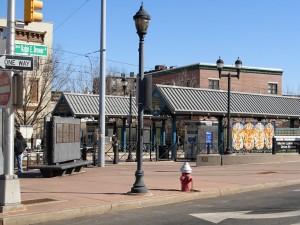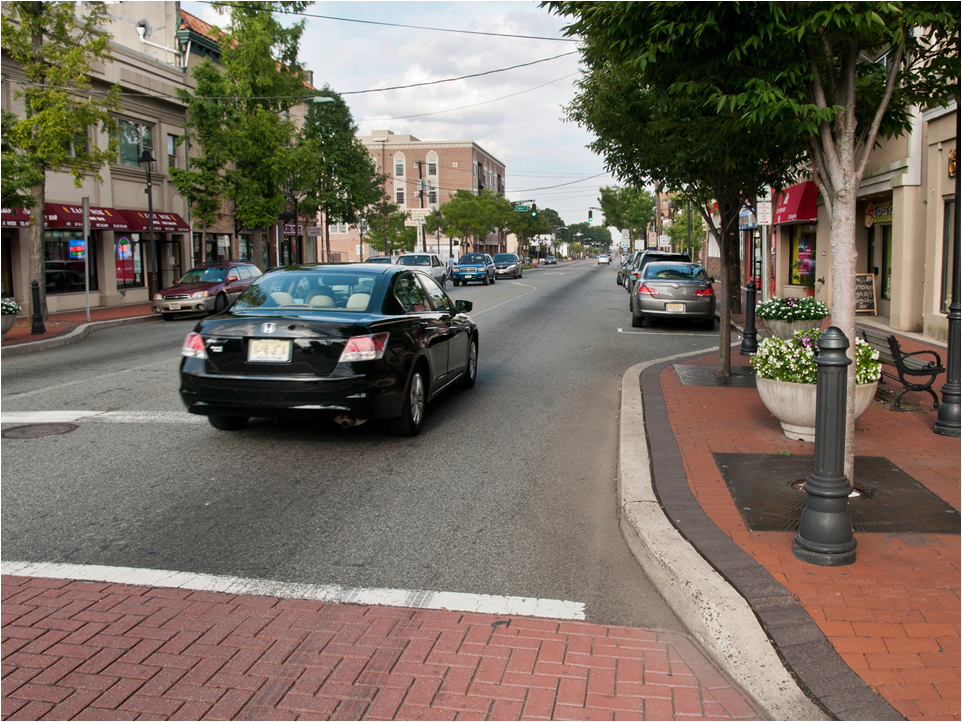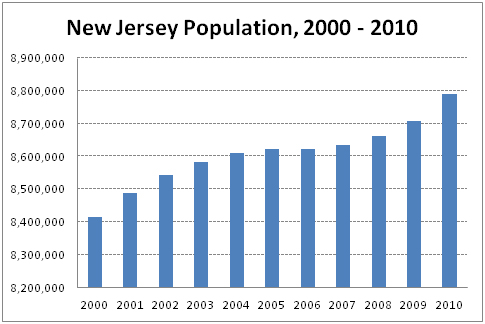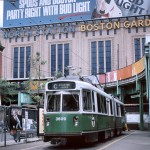New Jersey Future Blog
Urban Transit Hub Tax Credit at a Crossroads
June 28th, 2012 by Chris Sturm

Hudson-Bergen light rail in Jersey City. Photo by Alex Fanfarillo, courtesy of JGSC Group.
Capitalizing on Existing Assets and Market Potential
The Urban Transit Hub Tax Credit faces an uncertain future as it nears its funding cap, raising important questions about the state’s commitment to transit-oriented development. The program distinguishes itself among the state’s economic incentive programs with its highly targeted, strategic focus primarily on weaker development markets with strong transit infrastructure – Newark, Jersey City, Hoboken, Elizabeth, Paterson, East Orange, New Brunswick, Camden, and Trenton – and the intent of the tax credit has been to attract investment that builds tax bases and sparks wider revitalization in these locations.
The tax credit also capitalizes on growing market demand among Millennials and other high-value knowledge workers—as well as the corporate employers recruiting them — for opportunities close to transit and with a range of amenities nearby. And it supports the draft State Strategic Plan call for aligning state incentives with the market opportunities afforded by transit-oriented development.
Next Step: Recalibrate, or Phase Out?
A four-year track record for the program provides a good opportunity to take stock of it, and to address some important questions raised during its initial implementation:
- For commercial projects, the credits are available for up to 100 percent of eligible investments. Would a less generous subsidy still be effective, but allow a wider dispersion of credits across more municipalities and more development initiatives?
- Nine cities is a relatively small concentration of opportunities. Would there be benefit in expanding program eligibility to transit hubs in other areas that show potential as employment centers but where the real estate market is still weak? Harrison, Orange, Rahway, and perhaps Bayonne are some municipalities that fit this profile and might be worth further evaluation. (New Jersey Future’s upcoming report on assets around transit facilities will offer a systematic basis on which to evaluate where such incentives could be directed most strategically.)
- Within the nine designated cities, there may be areas where the market is driving development without subsidy, such as along the Jersey City waterfront and in Hoboken. Would it make sense to refine the availability of these credits not just by municipality but by specific transit hub, based on neighborhood-level measures of market viability?
- Should credits continue to be available for residential developments which help create vibrant, mixed-use, urban places that are active during more than just business hours?
- Some credits have been approved for a proposed move by a business already located in an urban transit hub. Is this the best allocation of these resources going forward?
There is some urgency to these questions. Now that most of the credits have been allocated, the future of the program itself is uncertain. Legislation to raise the program’s funding cap by $250 million is expected to pass this week, although it is not clear whether it will get signed into law.
Meanwhile, the Economic Development Authority, which administers the program, awaits staff recommendations that are due this fall. Early comments indicate there is consideration of reconfiguring a variety of state economic development programs, including not only the Urban Transit Hub Tax Credit program, but also the Grow NJ Assistance Program and the Economic Redevelopment Growth Grant Program, which both offer incentives throughout broad smart-growth areas (including stronger-market and more auto-dependent suburban locations). It is not clear how the amount of funding for urban transit hub projects might be affected or whether those projects would have to compete for funds with projects in more robust suburban markets.
There is obviously a strong immediate need to create jobs in New Jersey in an effort to move our faltering economy forward. A fundamental question is whether and how the state’s limited public investments can be directed strategically to boost our ability to compete nationally and internationally for jobs while also supporting other, longer-term development goals that include revitalizing our older communities and improving access to our public transportation network. This is the question that should drive the summer’s discussions about our economic development programs.

















Earlier this week, the Northeastern Economic Developers Association (NEDA) announced that they have selected the Urban Transit HUB Tax Credit program as their program of the year for 2012. Despite this deserved distinction, I agree that it would be appropriate to review the program now in the areas you have suggested… particularly with regard to opening the incentive to other NJ communities with rail transit hubs that would benefit from development stimulus. For example, your photo depicts downtown Burlington, NJ–a community with 2 downtown light rail stations and a walkable traditional retail district bordered by dense residential area, and an attractive waterfront–that is not eligible for this program as currently structured.
Mark, Thanks for passing on the news about the NEDA’s award – very cool! Good point on our photo… I guess we’ll consider that aspirational.
We have updated the post with a photo from
TrentonJersey City, which is one of the cities where the Urban Transit Hub Tax Credit is available. Thanks to Mark for the heads-up and for the photo.